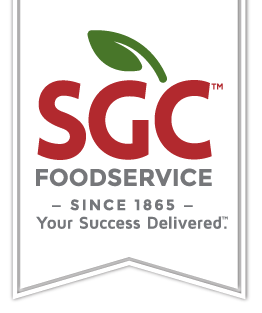Connected kitchens have revolutionized the foodservice industry by streamlining operations and increasing efficiency. They have made the process of food preparation and delivery faster and more accurate, leading to increased customer satisfaction. In this article, we'll explore the benefits of connected kitchens for foodservice operators and how they work.
What is a Connected Kitchen?
A connected kitchen is a digital system that integrates all the equipment, appliances, and software in a foodservice operation into a single network. This allows for real-time communication between all the components, enabling operators to monitor, control, and adjust various aspects of the kitchen from a central location.
Benefits of Connected Kitchens for Foodservice Operators
1. Increased Efficiency: Connected kitchens allow foodservice operators to automate many of the manual tasks that used to be performed by hand. For example, a connected oven can be set to start cooking a dish at a specific time, and a connected refrigerator can send notifications when supplies are running low. This saves time and reduces the risk of human error, leading to increased efficiency and productivity.
2. Improved Food Quality: Connected kitchens provide real-time feedback on the temperature, humidity, and cooking time of food, ensuring that it is cooked to perfection every time. This leads to improved food quality and consistency, which is essential for maintaining customer loyalty.
3. Better Inventory Management: Connected kitchens can track inventory levels in real-time, allowing operators to quickly identify when supplies are running low. This reduces the risk of running out of ingredients, which can negatively impact customer satisfaction.
4. Enhanced Customer Experience: Connected kitchens enable foodservice operators to provide customers with real-time information about their order status and estimated delivery time. This improves the customer experience, as customers are kept informed throughout the entire process and are less likely to experience frustration or disappointment.
5. Improved Safety: Connected kitchens can monitor food temperatures and cooking times to ensure that food is cooked safely and to industry standards. This reduces the risk of foodborne illness and protects customers, employees, and the reputation of the foodservice operation.
How Connected Kitchens Work
Connected kitchens use a combination of hardware and software to integrate all the components of a foodservice operation into a single network. This includes equipment such as ovens, refrigerators, and food preparation stations, as well as software such as order management systems, kitchen display systems, and inventory management systems.
The hardware components communicate with each other using a local area network (LAN) or a wide area network (WAN). The software components communicate with each other and with the hardware components using APIs (application programming interfaces).
The central hub of a connected kitchen is typically a kitchen display system (KDS) or a cloud-based platform. This is where operators can monitor, control, and adjust various aspects of the kitchen, including cooking times, temperatures, and inventory levels.
Connected kitchens are a game-changer for foodservice operators, providing a range of benefits including increased efficiency, improved food quality, better inventory management, enhanced customer experience, and improved safety. By integrating all the components of a foodservice operation into a single network, connected kitchens allow operators to monitor, control, and adjust various aspects of the kitchen from a central location, leading to increased productivity and profitability.
So, if you're a foodservice operator looking to stay ahead of the competition and provide your customers with a superior experience, consider investing in a connected kitchen today.

_nu2ud49l.jpg)